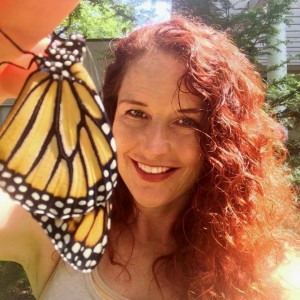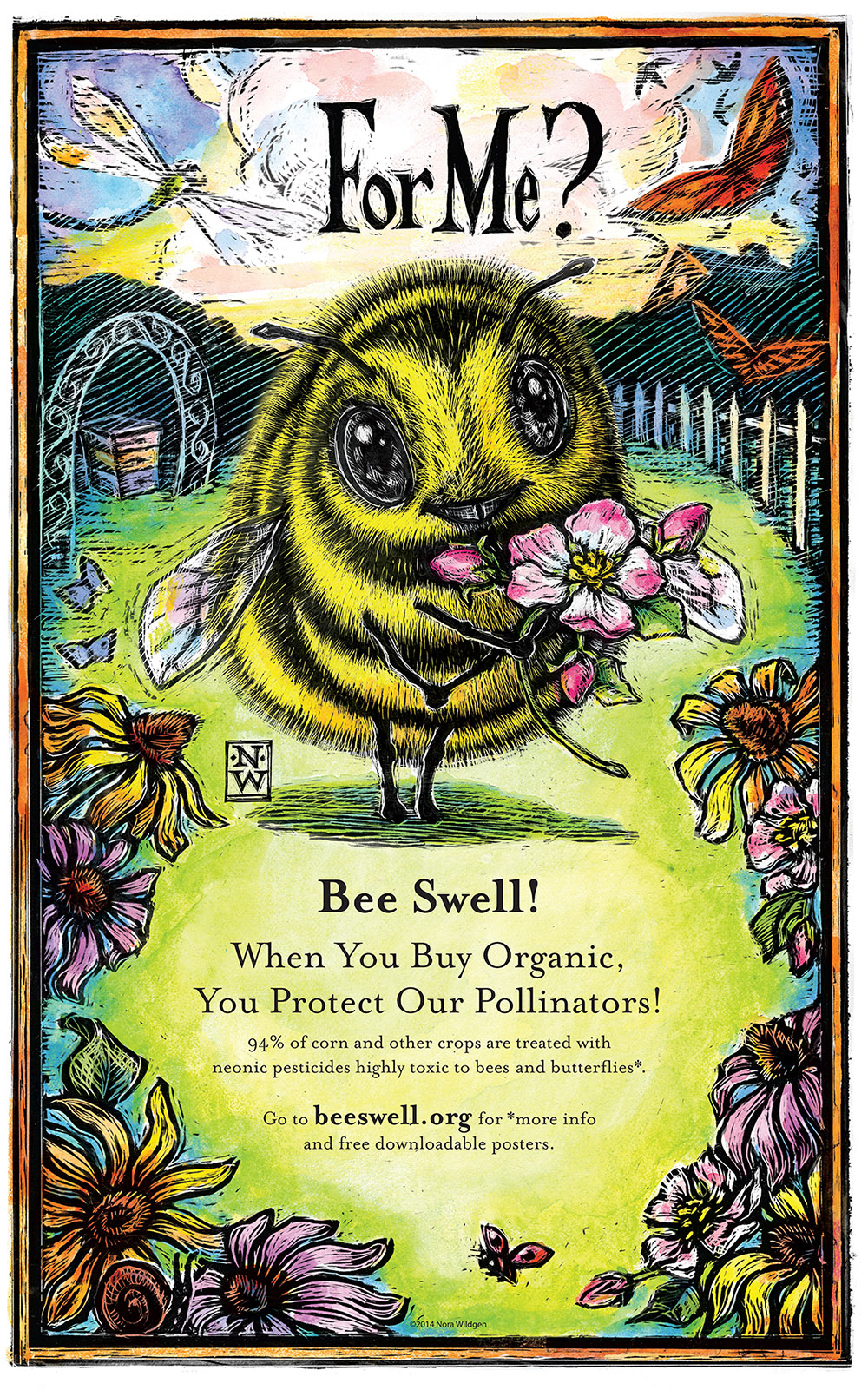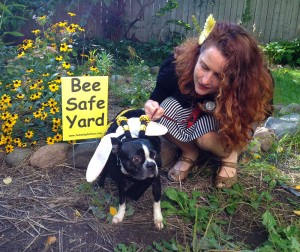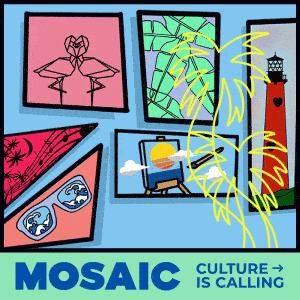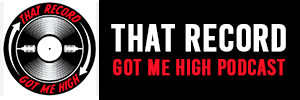“Every kid has a bug period… I never grew out of mine.” ~ EO Wilson
I grew up rambling through the woods of the Minnesota River Valley, splashing through its spring-fed creeks with my Little Golden Book Field Guides and my grandfather’s magnifying glass on a string around my neck.
By the time I was seven I had a little butterfly garden with daisies and tiger lilies, and any other free or weedy heirloom neighbors would donate. I took great pleasure in the wooly bears on my mint, which I assumed was the sole purpose of it’s existence. I loved to pluck them off and hold their furry spirals in my open palm till they uncurled and would inch in rust and black tickling concatenation up and down my fingers.
But the crowning glory of my garden was the milkweed with its monarchs. I watched as a monarch lit on a leaf, arch her abdomen under its edge and leave one creamy egg on its underside, and then move to the next plant. Those emerging larvae were minuscule strands of black and yellow seed beads, no longer than the letter “I” of this sentence, and grew to be grand velvety creatures in tiger robes, waving their black antennae like scepters. That first chrysalis was the jewel of my life. I was there waiting, cross legged on the sidewalk with my bowl of Rice Krispies, when the butterfly emerged, only to have a great black wasp swoop in and clamp it in its jaws. The bowl tumbled, ringing across the concrete, and my hysterical screams brought my father, coffee cup in hand, who dispatched the black assassin to the hinterlands with a rolled up newspaper. The monarch, miraculously still intact, dried its wet wings and launched itself from my trembling finger.
Two years ago, when my own daughter was seven, I planted apple trees for her birthday wish. When they bloomed for the first time last year we celebrated their blossoms around the dinner table and on Facebook. But there were no bees visiting its clusters of sweet flowers and I saw no monarchs in my garden.
“How are the bees, Joe?” I’d always ask my ninety-three year old Dutch beekeeper neighbor. This year he said “ Dead, all dead..”, and his bright blue eyes watered as he looked skyward.
The bees never came.
I saw a flowering St. John’s Wort shrub covered with bumblebees at a local big box nursery and bought it, for that reason alone. I brought it home, planted it, and my own bumbles came… and disappeared.
And then I heard about neonicotinoids.
Neonicotinoids are a class of systemic pesticides that are taken up by the plant and expressed through all parts of the plant; from roots to leaves, flowers and nectar .They share a common mode of action in that they are a neural toxin. In low doses they affect bees ability to feed and navigate and in higher doses quickly become lethal. Produced by Bayer, they include imidacloprid, clothianidin, dinetofuran, nithiazine, thiacloprid, and thiamethoxam. They are widely used in agribusiness, home, garden, and nursery supply. This year 51% of Home Depot’s, Menard’s and Lowe’s sampled plants had levels high enough to kill a bee in one visit.
I had poisoned my own bumblebees.
Not just bees, neonicotinoids affect soil organisms, aquatic life, birds and small mammals. A single kernel of treated corn is enough to kill a songbird. Ninety percent of applied Neonicotinoids end up in the soil and water. And some of them persist for nineteen years. This, from Bayer’s own data. The more I learned about the disastrous scope of these chemicals, the less I could sleep.
By February, instead of the usual joyous explosion of red and pink paper, glitter and lace, I found myself making black Valentines grieving our natural world . Ones that said “For My Honey” for the bees , or “Goodbye. I Love You. I Miss You Already.” for our beautiful monarchs now on the brink of extinction.
March came and I switched gears from grief to resolve and embarked on a letter writing campaign to my friends, family, legislators, city council, and every nursery I could think of. The valentines morphed into posters, and I gave or mailed away a hundred of these to friends, including one to my designer friend Karin Preus. When I approached her for help with actually printing it she came back to me with the idea of creating a friendly emissary for the cause, the cutest damn bee I could draw… And I think I did.
Karin suggested a bee that every one would want to save, with a mission that informs and incites real action while Nick Lethert did a whiz-bang job on the www.Beeswell.org website replete with more free downloadable posters. And so here she is, representing the beauty and vulnerability of all tiny creatures, the sweetness of altruism and community, our ambassador of the natural world; Miz Bee.
She’s asking us to buy organic, for her, and all the myriad life of our world.
And she’s free. Please share her freely. For the Beez. www.Beeswell.org
Bee Swell, Nora

